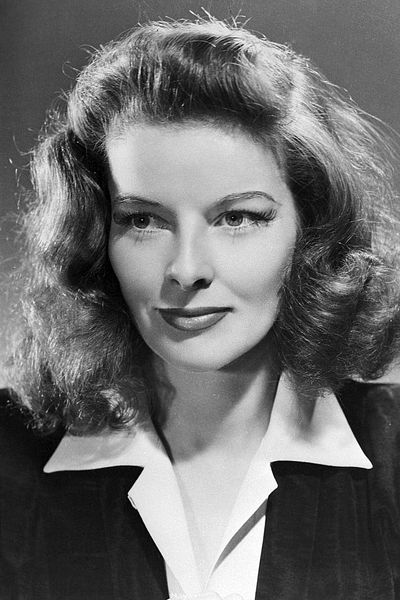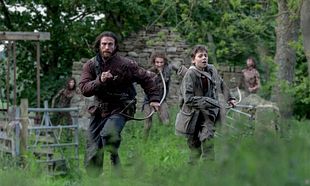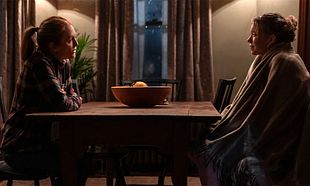Never Steady Never Still follows a family living in a remote house in rural British Columbia. The mother, Judy, played by Shirley Henderson, has been living with Parkinson's disease for years. Her son Jamie (Théodore Pellerin) is entering a new phase of life as his friend moves away to go to university while he starts a job in the macho, chastising environment of a drilling rig. A sudden event alters the family remarkably, and they start to reassess their lives as a result.
From its striking opening of a clothed woman waist-high in the ocean, as a voiceover narration tells us of she lost a child, Never Steady Never Still has you hooked. While not a whole lot happens in its close to two hours long running length, viewers will find themselves gripped as the narrative pacing really does stay true to the title. The power of the film owes much to the gorgeous cinematography of the landscape and intriguing performances from Henderson and Pellerin.
Henderson has a particularly challenging task as her character has a disease that is encroaching on her ability to do the most basic everyday tasks, but both she and Pellerin, whose young, isolated introvert in Jamie is struggling to comprehend his sexual identity, give beautifully sensitive and emotive performances. Though haunted by death and imbued with sadness, there is nothing mean-spirited or ill-tempered in their nature. Well-meaning, fragile, and trying their best to get along with the cards they’ve been dealt with, in the cold, careless environment they live in, the characters evoke deep pathos. Nicholas Campbell’s role as the father, firmer and stronger than the rest of his family, is also of significance, and this is particularly evident as the narrative advances.
Impressively, this film is the debut feature from Kathleen Hepburn. Her previous works include shorts as well as extensive experience in the camera department, which explains the investment in the cinematography. Hepburn also wrote the screenplay, handling it with a finesse which is simply unseen from a first timer. Expect her name to pop up again in major festivals and, here’s hoping, mainstream cinema.
There are about three instances of voiceover narration in the movie that are jarring and don’t really seem necessary. They are inspired by some arthouse aesthetic that doesn’t fit into the rest of the film. Still, there is much to not just like but love in the film, from its excellent performances in Henderson and Pellerin, to the deep sense of feeling and honesty that is invested in every single scene.


















































































